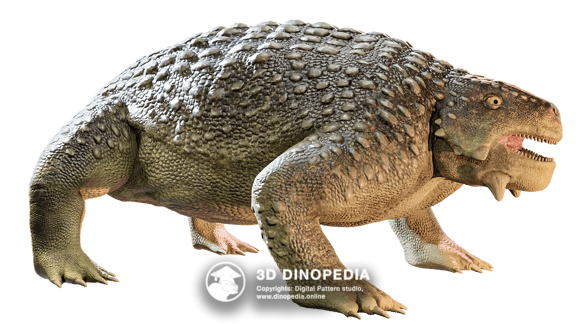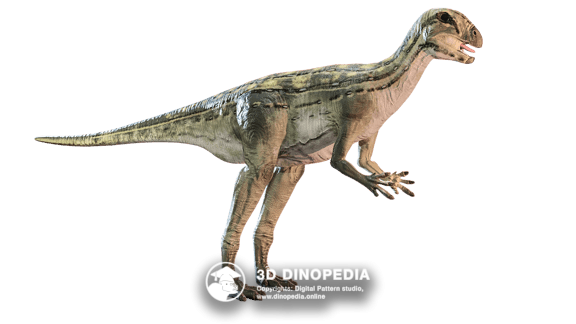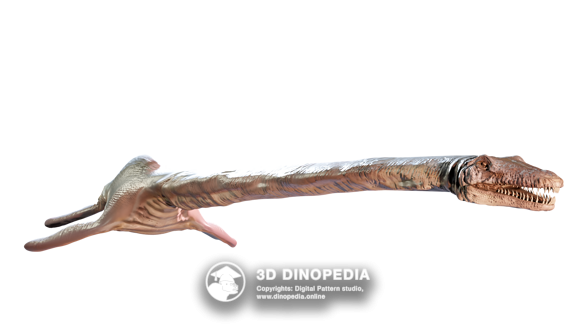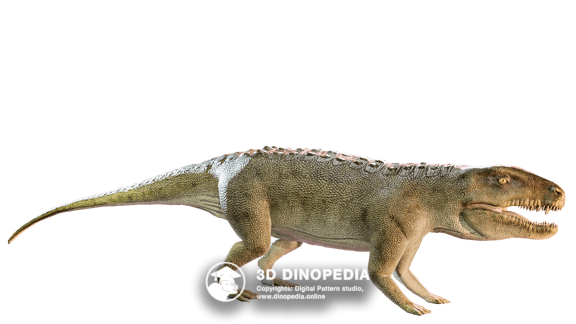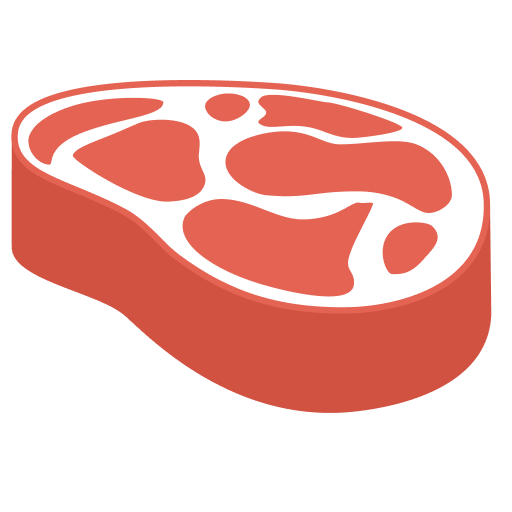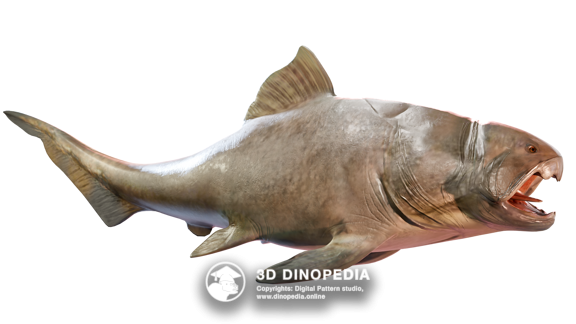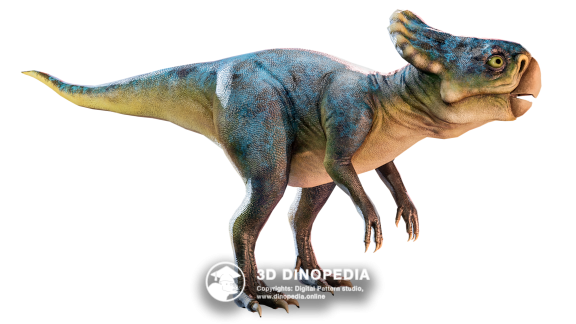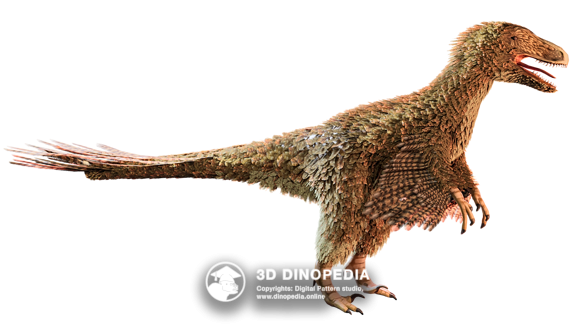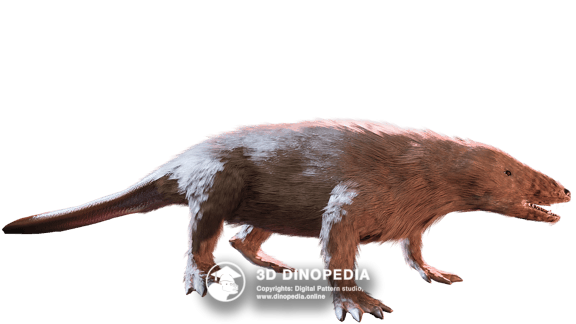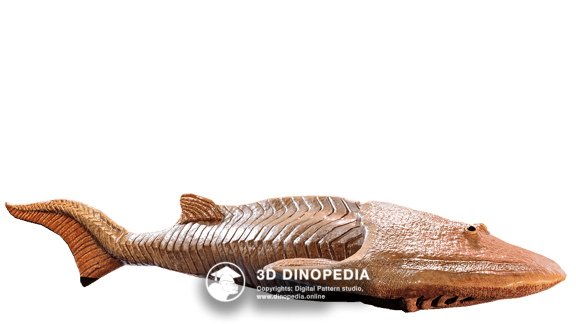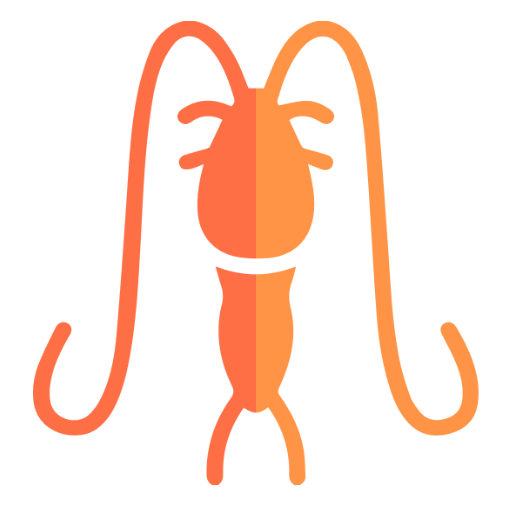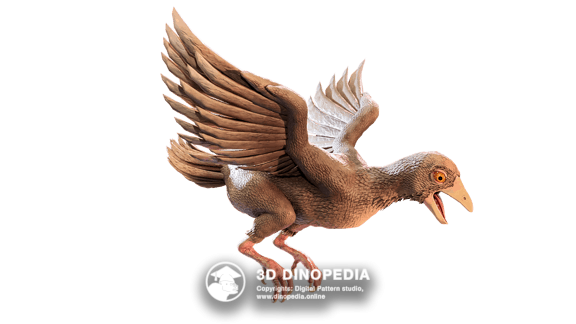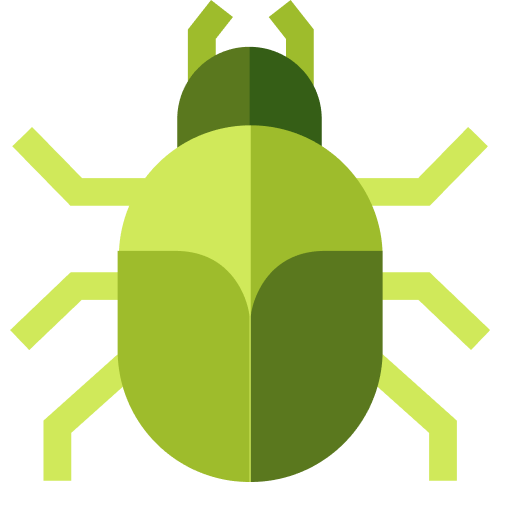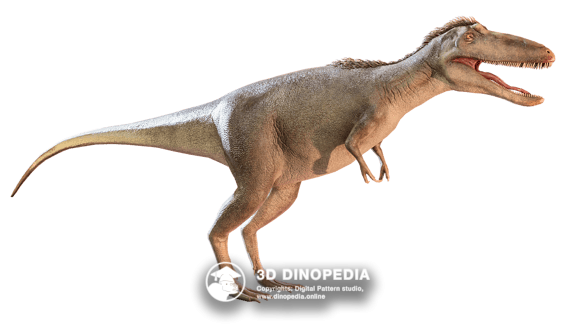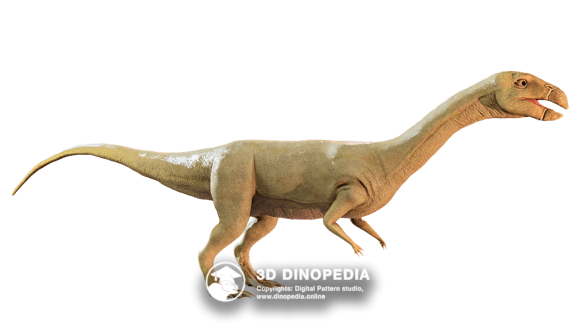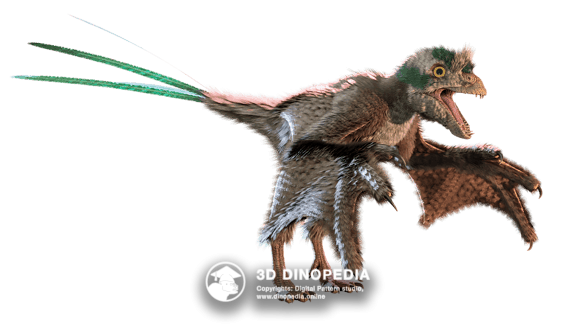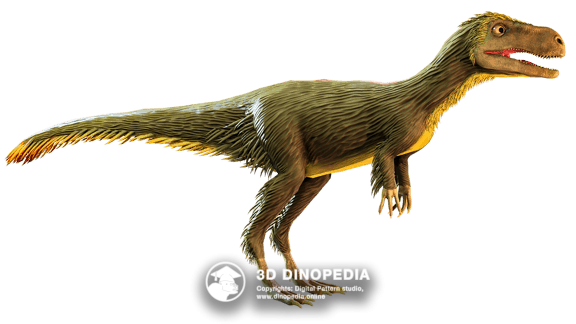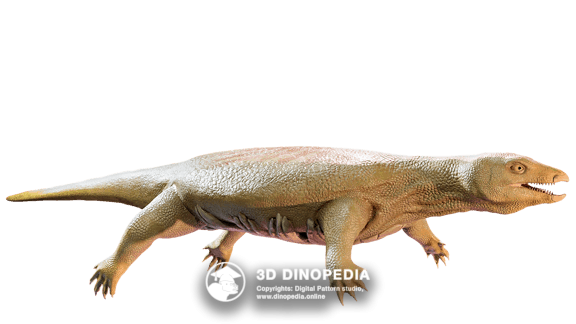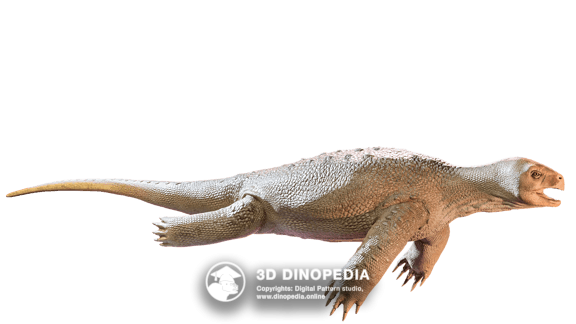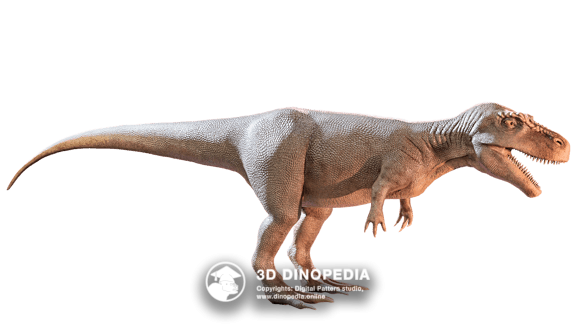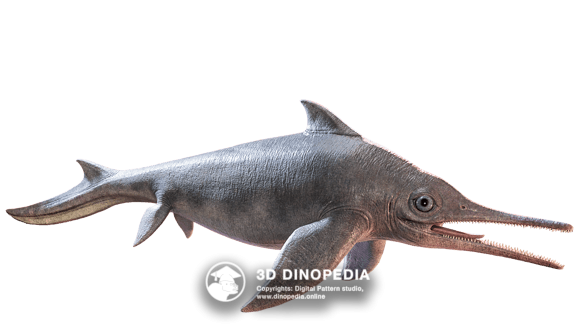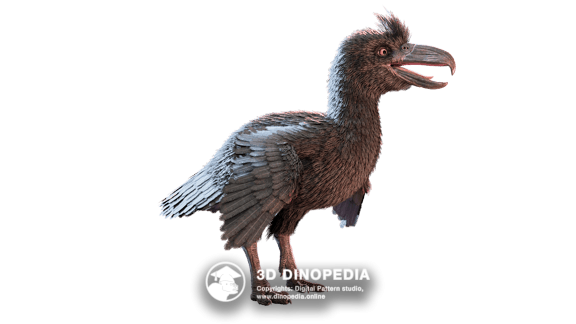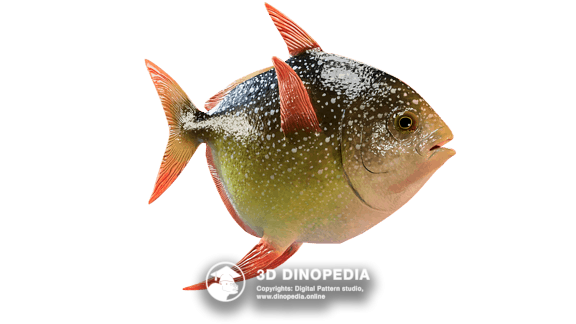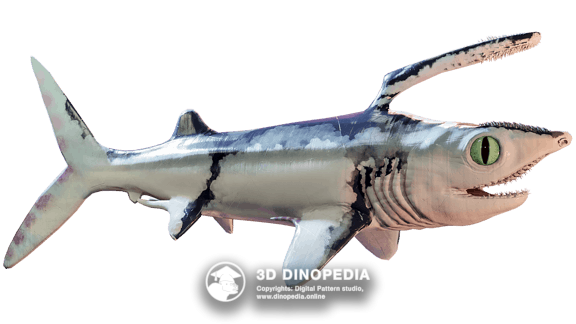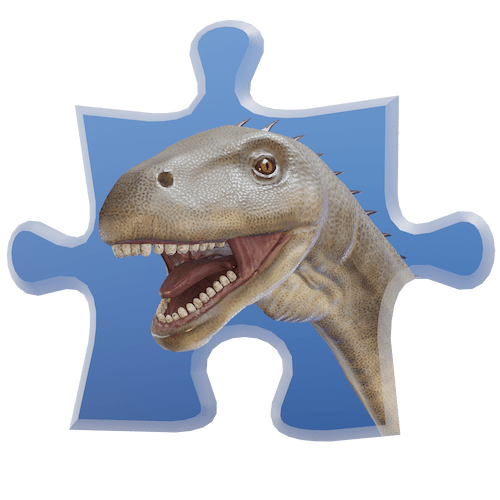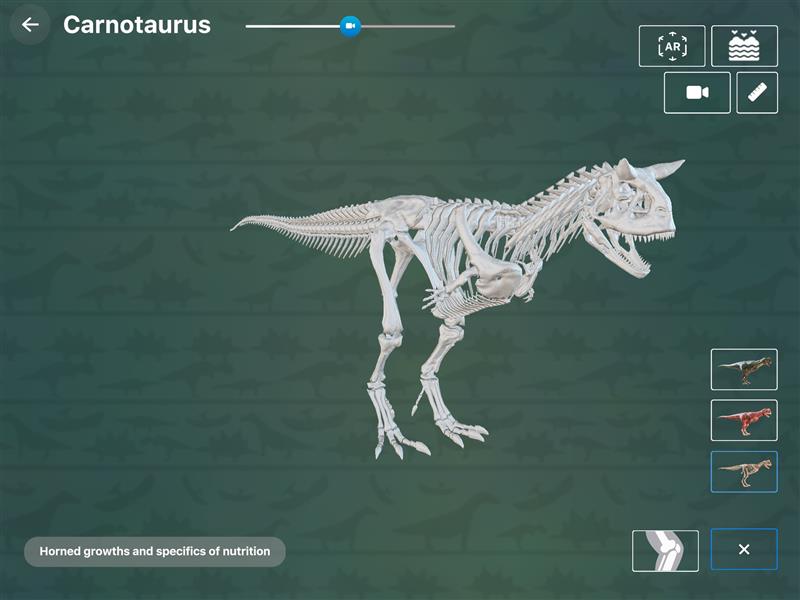Scutosaurus

Name meaning:
Shield lizard
Period of life:
253 million years ago
Period:
Habitat:
Lakes and marshes
Taxonomy:
Reptiles
Countries:

Meaning of the name: Scutosaurus, from Ancient Greek for "shield" and "lizard".
Scutosaurus was a large and slow-moving animal from the Permian period, reaching the size of a rhinoceros. It was a member of the parareptiles, a group that flourished during the Permian period but was nearly extinct by the middle of the Triassic. Fossils of Scutosaurus have been found in Russia, mainly around the area of Veliky Ustyug. The skeletons of these animals have been discovered in large numbers, indicating that Scutosaurus lived in herds.
Physically, Scutosaurus resembled a huge toad with a small head, a massive body, and short, thick legs. It reached a length of 3 meters and weighed over a ton. Its entire body was covered with thick skin and horned plates that served as armor. Large bony protrusions on its head provided additional protection, making Scutosaurus a veritable "fortress". When encountering enemies, it likely went into a defensive mode. Its "unbreakable" bony shields, covering the upper part of its body, protected it from hungry predators that usually attacked from ambush. The muscles in the neck area were particularly thick, complicating the task for any aggressor.
Scutosaurus was herbivorous. Its jaws were unusual: the teeth did not touch, leaving gaps between them. This structure allowed Scutosaurus to filter water for food. It possibly fed on algae, insect larvae, or small crustaceans.
There are two main hypotheses about where Scutosaurus lived. The first suggests that they led a terrestrial lifestyle, digging roots from the ground. This is supported by the massive structure of Scutosaurus's shoulder bones. The second, more popular hypothesis, posits that Scutosaurus were aquatic animals. Their structure, with short legs and thick bones, did not allow for fast movement on land, and the deep-set chest girdle and thick cartilage on limb joints are characteristic of aquatic animals.
Scutosaurus inhabited extensive river systems that covered the Russian Plain at the end of the Permian period. They shared their habitat with other herbivorous animals such as vivaxosaurs, as well as predatory therapsids like inostrancevia and gorgonopsids. Scutosaurus was one of the largest and most unusual animals of its time. Its unique structure and lifestyle continue to attract the attention of scientists and paleontology enthusiasts.
Discussions
Other animals
 INTERESTING FACTS
INTERESTING FACTS
 PUZZLES
PUZZLES
 HOME
HOME
 3D MODEL "SKIN"
3D MODEL "SKIN"
 3D MODEL "MUSCLES"
3D MODEL "MUSCLES"
 3D MODEL "SKELETON"
3D MODEL "SKELETON"
 VISION
VISION
 NEIGHBORS
NEIGHBORS
 VOICE ACTING
VOICE ACTING
 AR - MODE
AR - MODE
 GALLERY
GALLERY
 HISTORY OF DISCOVERIES
HISTORY OF DISCOVERIES
